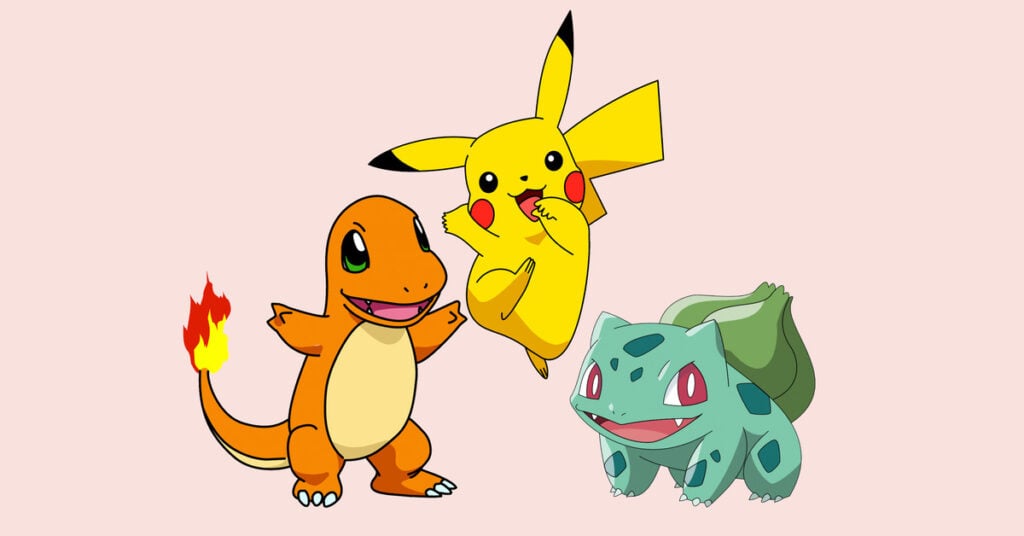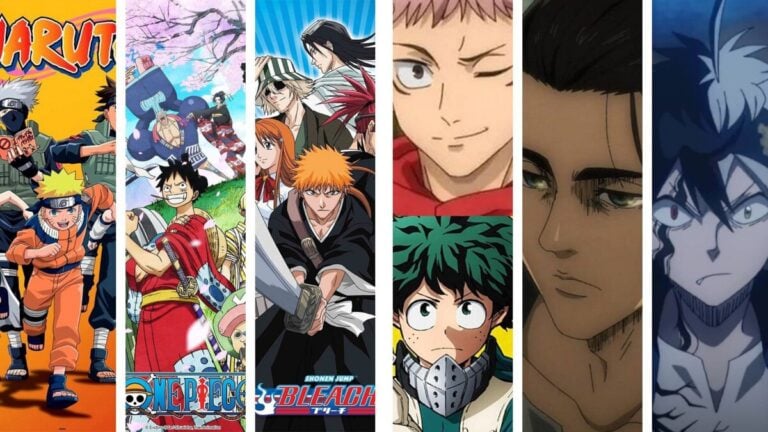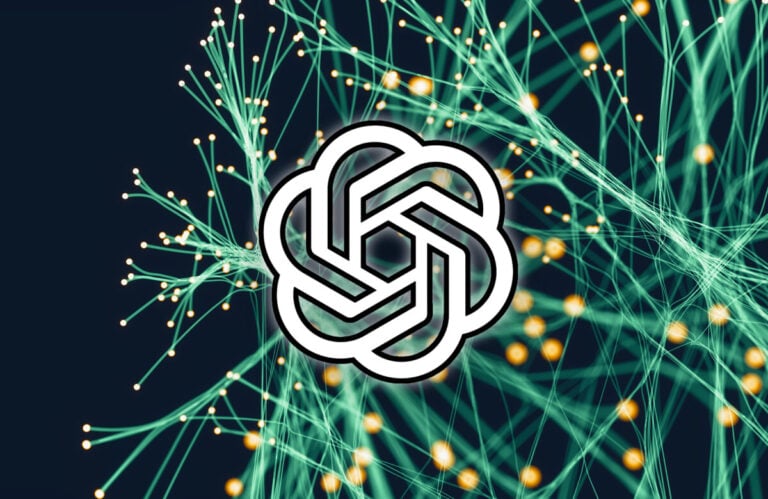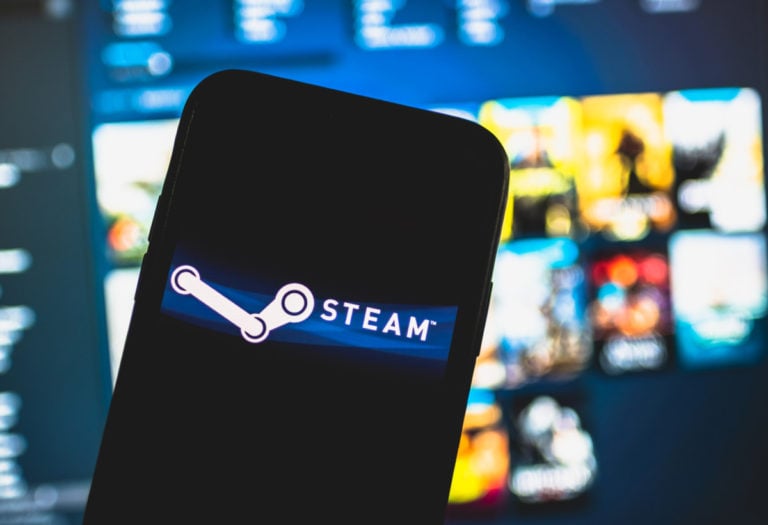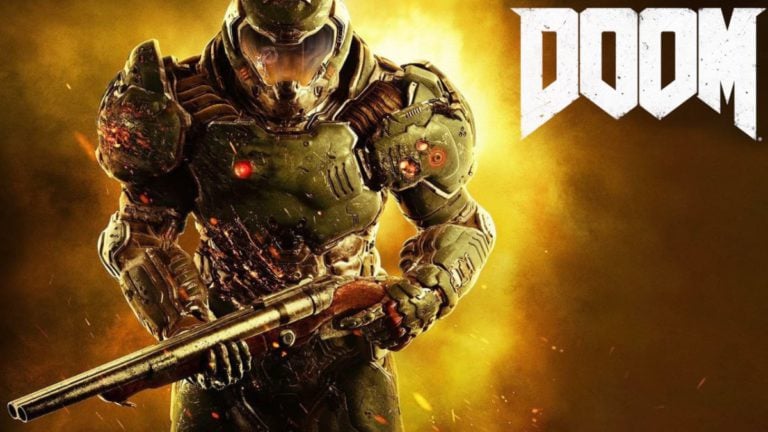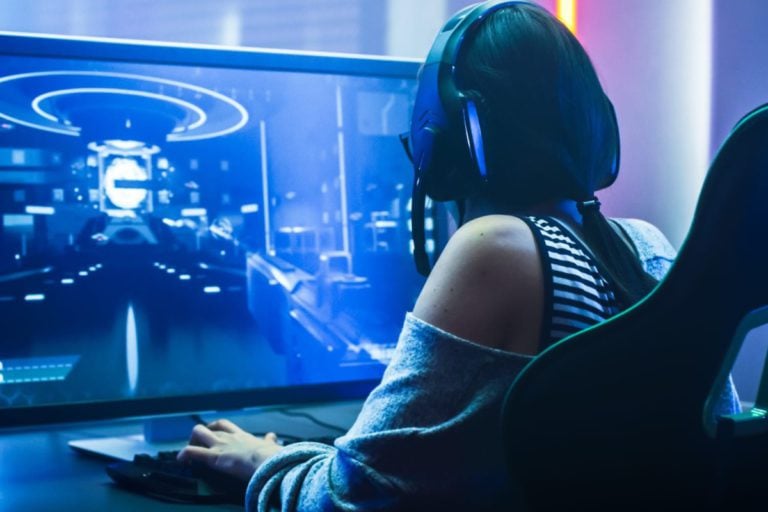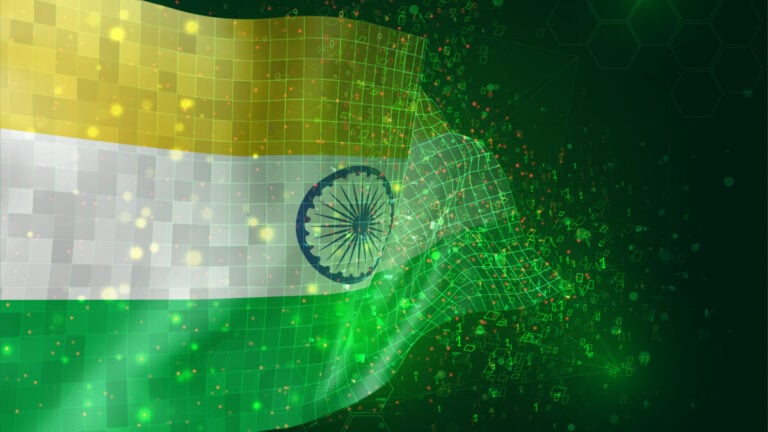Pokemon is a world-famous Japanese media franchise that includes video games, animated series, trading card games, short films and feature films.
- Key concept of the game
- Generations of Pokemon video games
- Generation One (1996) – Pokemon Red and Green
- Generation two (1999) – Pokemon Gold and Silver
- Generation Three (2002) – Pokemon Ruby and Sapphire
- Generation Four (2007) – Pokemon Diamond and Pearl
- Generation 5 (2010) – Pokemon Black and White
- Generation Six (2013) – Pokemon X and Y
- Generation Seven (2016) – Pokemon Sun and Moon
- Generation Eight (2017) – Pokemon Sword and Shield
- Generation Ninth (2022) – Pokemon Scarlet and Violet
- Side games
- Animation
- Feature film
- Series
- Manga
- Collectible card game
- Pokemon game release history
- Special Issues
- Popularity
- Public reaction to Pokemon
This gaming brand was founded in 1996 by Japanese programmer Satoshi Tajiri. The official owner of the Pokemon trademark is The Pokemon Company (TPC), which unites three owners – Creatures, Game Freak and Nintendo.
The Game Freak company develops the main game series, which are subsequently released by the Nintendo studio only for their own consoles. The Creatures company produces card game collections.
In 2020, the Pokémon franchise’s assets were valued at $95 billion. Today it is considered the leader in terms of sales in the segment of its type of activity.
An animated series was created based on this game theme of “Pokemon”, which won great success in all countries of the world. There are also game cards, manga and other related products with this motivation.
In the summer of 2016, thanks to the release of the version of “Pokemon Go” for Android and iOS, the game aroused resonant interest in the international market among gaming communities, due to the unique possibility of interactive interaction when catching Pokémon in the virtual world, complemented by the real world objects.
Key concept of the game
The virtual game world “Pokemon” is made by analogy with a modern alternative universe, which is simultaneously inhabited by people and unique entities – Pokemon. These creatures are somewhat intelligent and many of them can even talk.
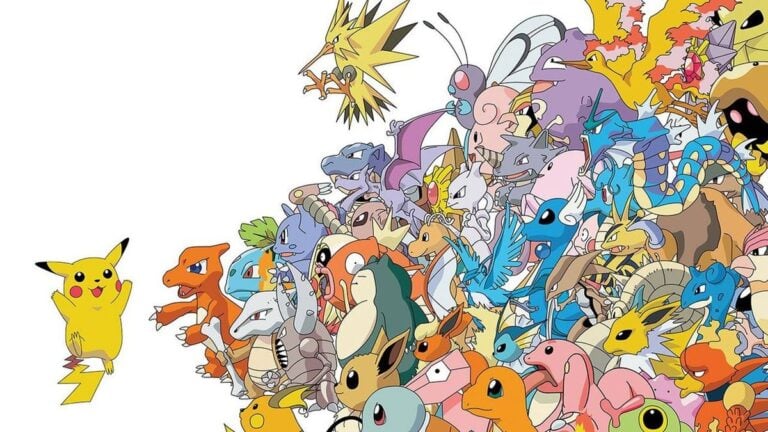
As of early 2023, including animation, manga and games, there are up to 1,008 varieties of Pokemon, each with their own exclusive supernatural abilities.
In addition, each of the individual types of these creatures belong to different elemental categories, which determine their weaknesses and strengths in relation to specific types of battles.
One Pokemon can simultaneously belong to several categories of elements, and also have their common properties and features. In case of victory in a battle with an enemy, the Pokemon is awarded experience, upon receiving a specific number of which, it increases its characteristics and increases its game level.
By reaching a certain level or through the use of specially provided optional tools, this creature is capable of transforming into a more developed strong entity compared to its predecessor and can become an independent variety of Pokemon.
In the fictional world, the player acts as a Pokemon trainer. His key goals in this capacity are to study the virtual location world of Pokemon, completely fill out the Pokédex – an encyclopedia with information about Pokemon, and train a team of six Pokemon. The trainer trains them in order to conduct future battles with Pokemon belonging to other trainers.
Battles between Pokémon continue until the entire team of one trainer loses consciousness or when the trainer gives a sign to pause the fight in order to surrender. It is worth noting that the battles never reach a fatal outcome, since this franchise is designed with a focus on children’s audiences.
At the same time, the coaching staff themselves do not participate in the battles. Only Pokémon take part in battles, in accordance with the instructions received from the trainer regarding the use of certain types of attacking actions.
The most experienced and powerful Pokemon trainers are considered the most respected. A good trainer is one who takes care of his own team of Pokemon (similar to caring for pets).
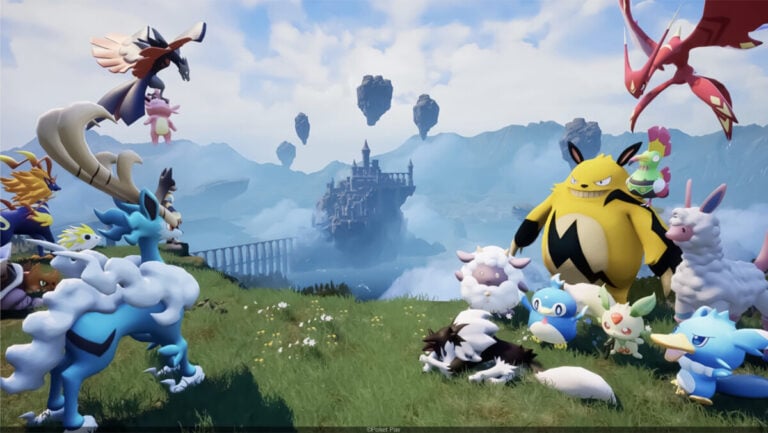
The player obtains a new composition of Pokemon by catching such wild creatures in the wild. In this he is helped by his own Pokémon, who throw a special round object at these entities – a Pokeball. When a creature caught in a pokeball cannot break free, it automatically transfers to a trainer.
According to the rules of the game, a trainer can have any number of Pokemon, but he is only allowed to take six of these individuals with him on a trip. Other Pokemon from his team are located in a certain place.
Often, trainers exchange Pokemon. Pokémon battle tournaments are also held among the coaching staff.
Generations of Pokemon video games
The game series is divided into certain generations depending on the release date.
Generation One (1996) – Pokemon Red and Green
Region of operation: Kanto (Japan).
Innovations:
- The number of varieties of Pokemon is 151.
- The player’s participation in battles with the probable selection of Pokemon.
- Transferring Pokemon to other series.
- The making of Pokemon Stadium 2.
Generation two (1999) – Pokemon Gold and Silver
Region of operation: Johto (Japan).
Innovations:
- The total number of types of Pokemon is 251.
- Introducing Pokegear into the game – a device with a combined radio receiver, map, calendar and smartphone.
- Pokémon with a glow effect.
- Change of night and day online.
- Animated battles.
- The appearance of a girl character.
- New location object – “Battle Tower.”
- Extended version of Gold and Silver.
- Continuation of the Pokemon Stadium 2 series.
Generation Three (2002) – Pokemon Ruby and Sapphire
Region of operation: Hoenn (Japan).
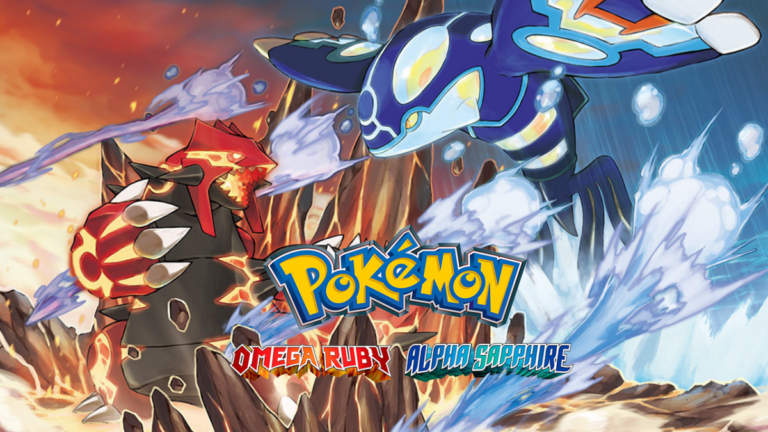
Innovations:
- The number of types of Pokemon is 386.
- Growing berry crops.
- Battle for two.
- Pokémon competitions.
- Release of multiplayer wireless gaming versions.
- Expansion of the virtual game plot.
- Pokémon storage option.
- New location line “Combat Frontier” with the possibility of battles in seven types of martial arts.
- Development of the Japanese international gaming series Pokemon Colosseum.
Generation Four (2007) – Pokemon Diamond and Pearl
Region of operation: Sinnoh (Japan).
Innovations:
- Number of Pokemon – 493.
- 3D graphics of battles.
- Exchange Pokemon via the Internet.
- New location areas, mini-game stories.
- The appearance of a Pokewalker-pedometer with loading game Pokemon and gaining a large amount of experience.
- Release of updated game versions of Pokemon Battle Revolution, My Pokemon Ranch, Pokemon Platinum.
Generation 5 (2010) – Pokemon Black and White
Region of operation: Unova (USA).
Innovations:
- New types of Pokemon – 156.
- Change of annual seasons.
- 3 vs 3 battles.
- Pokemon Black 2 and White 2 released.
Generation Six (2013) – Pokemon X and Y
Region of operation: Kalos (France).
Innovations:
- The entire game is played in three-dimensional graphics mode.
- The appearance of Pokémon with supernatural abilities.
- Mega evolutionary game mechanics.
- Super strong option for Pokemon with changes to their clothes and appearance.
- Flying Pokemon.
- Air battles.
- Pokémon Super Training.
- Mini-games with the possibility of battles between the player and his Pokemon.
- Expansion of story chapters.
Generation Seven (2016) – Pokemon Sun and Moon
Region of operation: Alola (Hawaii).
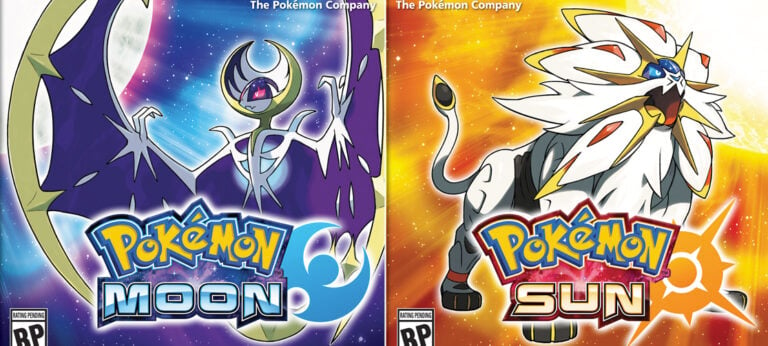
Innovations:
- Each game series has exclusive types of Pokemon.
- Shifts game time back by 12 hours.
- Magical Entities – Mega monsters with enormous power that pose a danger to players and Pokémon.
- Many functions changed.
- Instead of the Pokedex, a Rotomdex appeared with expanded optional features – records of information about Pokemon and a hint of your location in real time on the map.
- Offensive Z-moves with one-time use.
- A new form of Battle Royal fighting.
- Super workouts and photo mode.
- Mini-game format with surfing.
- Availability of 151 types of Pokemon from the launch version.
- Mysterious creatures – Melmetal and Meltan.
- Co-op and Pocketball Plus.
- Pokemon Yellow remake released.
Generation Eight (2017) – Pokemon Sword and Shield
Region of action: Galar (ancient England).
Innovations:
- Location “Wild Zone”.
- Galarian appearance format for most Pokemon.
- New evolutionary category – Obstagun.
- Opening art boxes for game versions.
- Release of the expanded game series Expansion Pass of the Pokemon Diamond and Pearl generations.
Generation Ninth (2022) – Pokemon Scarlet and Violet
Refers to a new generation of games with an open virtual world. Region of operation: Paldea (Spain).
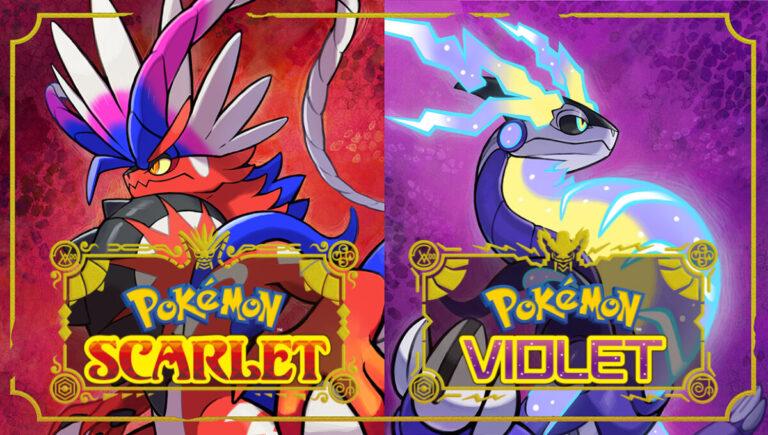
Innovations:
- 115 forms of Pokemon.
- The main mechanic is teracrystallization.
- Activate your own Pokemon’s Teratype.
- A large number of game options due to the multiple transformation of Pokemon (up to 18 times).
- STAB Bonus.
Side games
The following versions were released:
- Pokemon Trading Card Game (1998) – an option for a card game collection, supplemented by new types of virtual cards.
- Hey You, Pikachu! (1998) – “virtual pet” format, communication with a Pokemon named Pikachu through a specific microphone in the form of voice commands.
- Pokemon Snap (1999) – a visual simulator of a photographer for the games of the Pokemon series, launched on a stationary console.
- Pokemon Pinball (1999) – a pinball-style game.
- Pokemon Puzzle League (2000) – Tetris format with a puzzle genre.
- Pokemon Puzzle Challenge (2000) – similar gameplay to the Tetris puzzle genre.
- Pokemon Dash (2004) – a genre of racing computer game.
- Pokemon Trozei (2005) – the plot of a puzzle game.
- Pokemon Ranger (2006) – player as a ranger, online team game.
- Pokemon Rumble (2009) – fighting game genre.
- Battle Get! Pokemon Typing DS (2011) – action genre, the ability to type phrases on a virtual screen.
- Pokemon Conquest (2012) – a genre in the style of role-playing games.
- Pokemon Go (2016) – multiplayer game versions with battles and training.
- Pokken Tournament (2015) – genre: fighting game, plot with the presence of arcade machines.
- Detective Pikachu (2016) – adventures in the detective genre.
- Pokemon Quest (2018) – dynamic genres: role-playing and action.
Animation
The Oriental Light Magic studio released the animated series Pokemon in 1997. Currently, more than 1250 episodes have been released.
The plot of the series (American interpretation)
The animated series follows a boy, Ash, who dreams of achieving the title of “Pokémon Master,” the highest award for a trainer. It tells the story of Ash’s journey across the expanses of the country with his friends – Pokemon breeder Brock and water Pokemon master Misty, as well as Pikachu (the very first Pokemon that Ash got).
While traveling, Ash adds new Pokémon to his team and successfully participates in various battle tournaments.
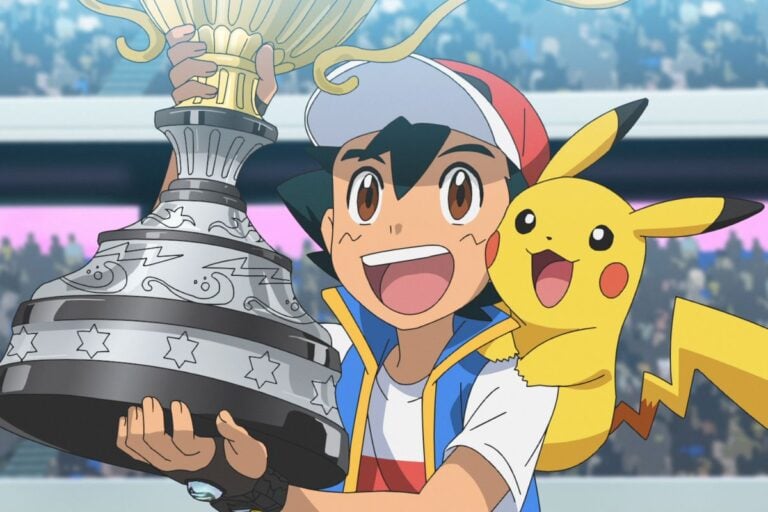
While traveling through the regions, he and his companions help Pokémon and people who find themselves in difficult situations. In addition, Ash fights with stadium leaders and always defeats them, while collecting special badges.
At the very beginning of each season, Ash leaves all the Pokémon that he managed to collect in previous episodes for safekeeping with Professor Yukinari Okido and again begins to catch a new team of Pokémon. At the same time, the Pokemon Pikachu, who is his best friend, is always with him.
Ash and his team of like-minded people are constantly followed by Team Rocket with the goal of kidnapping Pikachu. However, she fails to do this.
Almost all the key storylines of the new series follow a similar genre and scenario.
Series:
- Pokemon (1997-2002) – five seasons.
- “New Generation” (2002-2006) – four seasons.
- Diamond and Pearl (2006-2010) – four seasons.
- “Black and White” (2010-2013) – three seasons.
- “XY” (2013-2016) – three seasons.
- “Sun and Moon” (2016-2019) – three seasons.
- “Adventures” (2019-2023) – three seasons.
- “Horizons” (April 2023) – one season released.
Also, full-length (more than 20 episodes) and short films (more than 27 episodes) have been made on the theme of “Pokemon”.
Feature film
In 2019, the premiere of the film “Detective Pikachu” took place. Its plot is based on the mysterious disappearance of a detective agent. His son and Agent Pikachu are investigating this incident. They meet many different Pokémon along the way and help them in uncovering the criminal conspiracy on which their existence in the universe depended.
Series
Filming begins in 2021. Executive Director and Writer Joe Henderson. A film in the style of “Detective Pikachu” – with drawn virtual heroes and characters, as well as real actors.
Manga
Most popular publications:
- Pokemon Pocket Monsters (1996) – artistic and humorous genre.
- Pokemon: The Electric Tale of Pikachu (1997) – 4 volumes covering two animated seasons.
- Pokemon Adventures (1997) – motifs based on the plot of the games of the main version in a more rigid format.
- Magical Pokemon Journey (1998) – a story about a girl Hazel, whose task is to obtain a magic potion by exchanging the Pokemon she has caught.
- Pokemon Diamond and Pearl Adventure! (2006) – genres: adventure, shounen, fantasy.
- Pokemon ReBURST (2011) – a shounen genre that tells the story of a boy who could transform into a half-Pokemon, half-human.
Collectible card game
Rules – two participants in the game use 6 cards with Pokemon with both weak and strong characteristics in the tournament. Both opponents battle with the same Pokémon. The main goal is to partially or completely defeat your opponent’s Pokemon.
This card game has a game version in online format.
Pokemon game release history
In the 90s, the famous Japanese game designer and founder of the Game Freak company Satoshi Tajiri developed and released the Game Boy portable gaming system application. It had the unique ability to exchange information and allow two users to participate in a joint game, due to a special cable connection between several consoles.
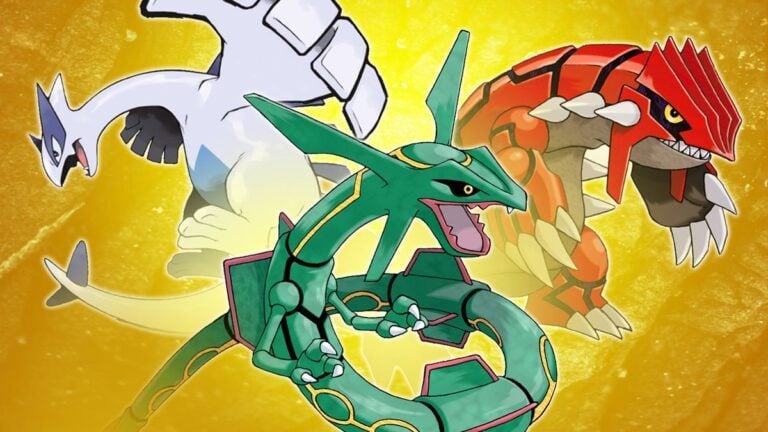
According to the existing legend, the idea of developing computer gaming software based on catching certain individuals, storing them and exchanging them with other players in order to collect the entire collection line came to Tajiri when he noticed a beetle on a cable wire. It is known that as a child Tajiri was fond of collecting various insects, which most likely became the determining factor for this idea.
The project of using a connecting cable for the purpose of exchanging game characters has not been used in the gaming industry before. This format was used only for joint gaming tournaments.
After some time, a decision was made to conduct battles between Pokémon, but at the same time leaving them alive. Next, a role-playing game version of the platform was developed.
At first, this gaming application was called “Capsule Monsters”, but due to the problem of brand registration, it was renamed “Pocket Monsters”.
The executives of Nintendo, which Tajiri contacted, did not want to immediately release this game, since they did not quite understand its genre and storyline. At the same time, Tajiri’s own company “Game Freak”, which developed this project, was on the verge of bankruptcy. At that time, it didn’t even have anything to pay employees’ salaries.
Work on the release of the project was difficult, with the presence of scandals between all participants. This problematic situation was resolved positively, completely by accident. The famous game designer Shigeru Miyamoto, who also developed many popular video games, became interested in the project of the Game Freak media studio. He agreed to become its sponsor and offered to release this gaming software in two variations in order to be able to exchange Pokemon.
Immediately after its release, the game “Pokemon” received wide resonance and enormous popularity around the world, which even its creators did not expect.
In the first game versions of Pocket Monsters Red and Pocket Monsters Green, there were 150 types of Pokemon. In order to attract as much of the gaming audience as possible and its interest, the developers decided, without the consent of Nintendo, to place another secret Pokemon (151st) named Mew.
This tactic generated a lot of mysterious rumors about the game, especially since catching and keeping the Pokémon Mew was not so easy.
Creating animation
The director of the animation project is Kunihiko Yuyama. In addition, the direct developer of the Pokemon gaming brand, Satoshi Tajiri, also participated in this concept. All the characters in the series were designed by the famous Japanese artist Sayuri Ichishi.
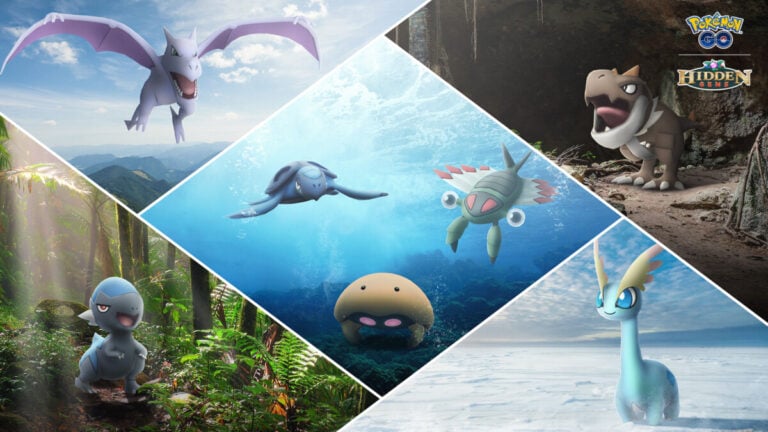
In the process of working on the anime, it was decided to slightly change the game characters and the name of the key character. At first, it was planned to name the main Pokemon Pippi, by analogy with the Pokemon Pocket Monsters manga, but later he was named Satoshi Pikachu (in honor of the founder of this project, Satoshi Tajiri).
The role of Satoshi’s like-minded people who went on a journey with him was Kasumi (an expert in water-type Pokemon) and Takeshi (an expert in rock-type Pokemon). The rogue R gang was used as the villain team.
In addition, characters such as the Pokemon Nyasu, who could talk, the boy Kojiro and the girl Musashi, were introduced specifically for the series project.
Throughout the series, its main characters change in each individual episode. At the same time, many of them are removed from the project altogether or act as secondary characters.
The series’ director, Yuyama, makes key decisions about the plot, but he tries to take into account the opinions of the entire team of writers and directors.
It takes approximately 6 months to prepare one episode, at least 30 days for voice acting, and about 7 days for script development. At the same time, it will take at least 12 months to shoot a full-length film.
Music accompaniment
Most of the music tracks in the Pokemon animated series were taken from the game series. Their author is Junichi Masuda. The arranger of this music is the famous Japanese composer Shinji Miyazaki, who also independently composed some pieces of music specifically for this anime.
Masuda, in one of his interviews, expressed the opinion that the creation of music tracks for the Pokemon games was influenced by world classical works and electronic music of the Yellow Magic Orchestra group.
American version
By order of the Nintendo company, in the process of preparing the English version of Pokemon Red and Blue, all types of Pokemon received different names, which were registered as trademarks in order to exclude overlaps with other Western brands.
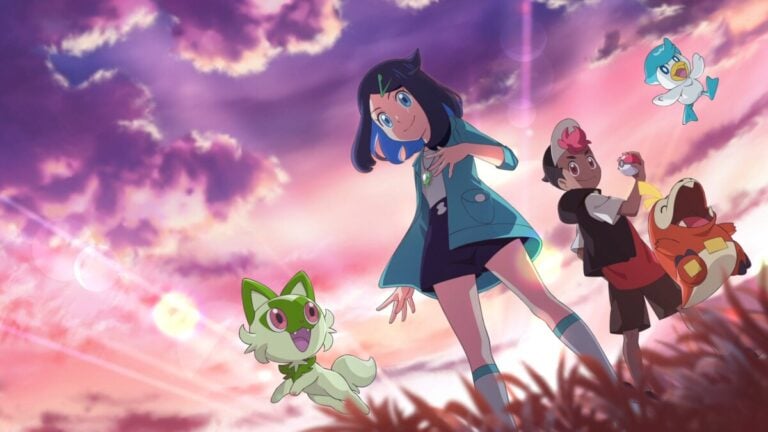
The American format of the game was based on the simplest Japanese variation of Pocket Monsters Blue. His version of Red and Blue followed the Japanese Red and Green format.
After completing work on the English version of the game, Nintendo invested approximately $50 million in its promotional presentation.
At the same time, there were fears that the “cute monsters” would not be accepted by American children’s audiences. Many experts recommended that developers change the appearance of Pokemon. However, Hiroshi Yamauchi, who at that time served as president of Nintendo, categorically refused this decision. The release of the Red and Blue versions in the United States was a huge success.
During the dubbing of the American version, stories with a certain theme were removed from the anime. In addition, several episodes were not broadcast at all because they were not censored.
The Japanese characters were removed and English inscriptions were used in their place. In addition, the musical background and some references to Japanese cultural traditions were adjusted.
The names of all the key characters in the series were also changed: Satoshi – to Ash, Kasumi – to Misty, Takeshi – to Brock, Musashi and Kojiro – to Jesse and James.
The English version of Pokemon premiered in 1998 in the United States.
Special Issues
In addition to films (short, full-length) and TV series, special versions are often released. They are presented in the form of separate plots, not connected to the main scenario, in which the character Ash (Satoshi) is absent. There are currently more than 35 such episodes of varying lengths.
In the American version, there are media releases called “Pokémon Chronicles”. They consist of certain formats that are broadcast long after their premiere in Japan.
Popularity
“Pokemon” became so widely known around the world that it began to be perceived as one of the components of a mass cultural trend.
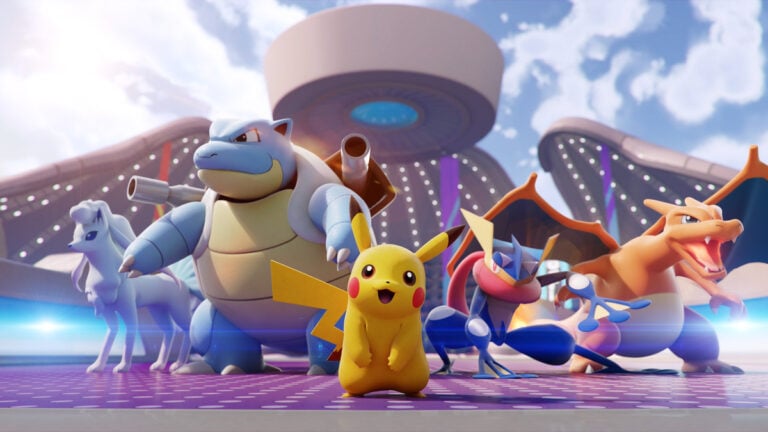
The image of this game character is applied to the fuselage of the aircraft of the All Nippon Airways aviation corporation.
In 2011, sales of Pokemon version games were recorded in quantities exceeding 200 million copies. In terms of popularity in the global gaming market, this game ranks second.
The box office gross for Pokemon: The Movie One is $163,644,662. The film is the leader in this indicator in the category of animated films in the entire cinematic history, and also takes third place in the category of TV series based on computer games.
The Pokemon card game collection has been sold in almost 45 countries around the world. At the same time, their sales amounted to 14 billion units.
The animated series is broadcast in 74 countries; by 2009, its profits amounted to over $24 billion.
In Japan, products bearing the Pokemon logo are produced by 85 companies. There are also images of this brand on the backs of furniture items and cutlery.
In 1998, a store selling specialized products called “Pokémon Center” was opened in Japan. In 2001, a similar store opened in the United States.
In 2009, the Guinness Book of World Records listed the game version of Pokemon Red and Blue as the best-selling Game Boy RPG of all time.
In addition, in 2011 it was noted that the game version of Pokemon Black and White is the fastest selling version in the history of the computer gaming industry.
Public reaction to Pokemon
Time magazine published an article about the unprecedented influence of Pokemon in Western countries, calling it a multimedia attack. This franchise was more aimed at a children’s audience, which caused conflicting opinions about it among many teachers and parents, a certain part of which were critical.

This is especially true in relation to the collection of Pokemon game cards and booster packs. This created an artificial hype about the rarity of certain cards. In 2004, leading American economist James Tobin noted that this factor contains signs of gambling. He also called this aspect a cynical manifestation on the part of adults, since companies make enormous profits by deceiving children’s audiences.
Most American states have banned the use of Pokemon cards in schools. These bans were also noted in many EU countries, New Zealand, Australia and Canada.
There are cases when American legal companies filed lawsuits alleging that boosters are a type of lottery that promotes gambling among children. It later became known that these claims were settled without litigation.
In addition to negative reviews, some media outlets also highlighted the positive aspects of “Pokemania.” In particular, it was noted that cards and games require children to have reading skills, use calculation strategies, memory and negotiation skills.
The famous American journalist Stephanie Strom published an article in The New York Times, which indicated that the animated series “Pokemon” teach children Japanese traditions – respect for elders, empathy and responsibility. This is especially noticeable compared to other television and print content.
In Japan, Pokemon, due to fundamental national cultural differences from Western countries, did not receive such a large amount of criticism. However, in many schools in Japan, Pokemon cards have also been banned.
